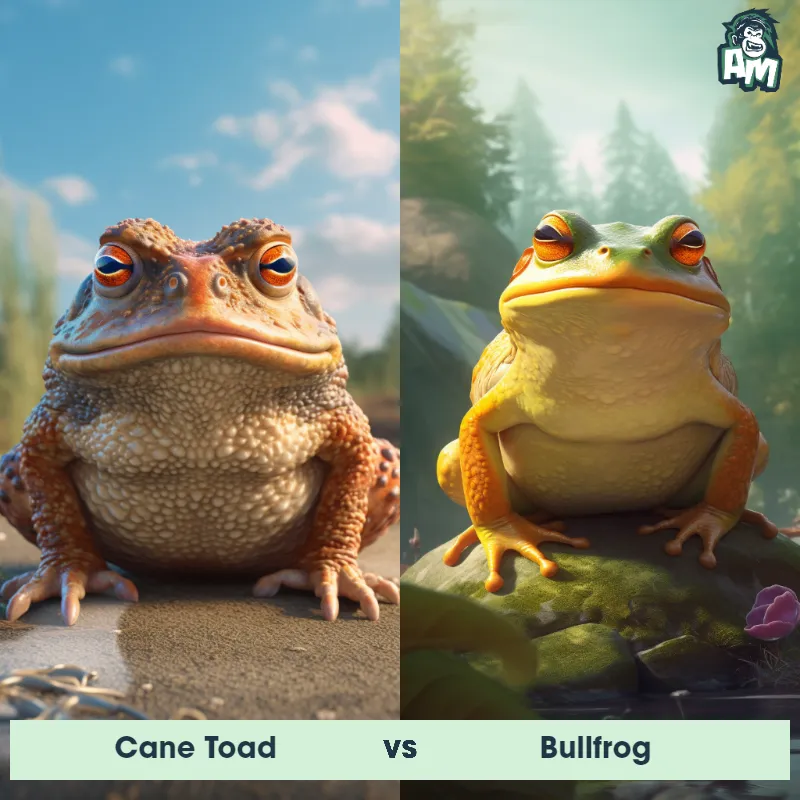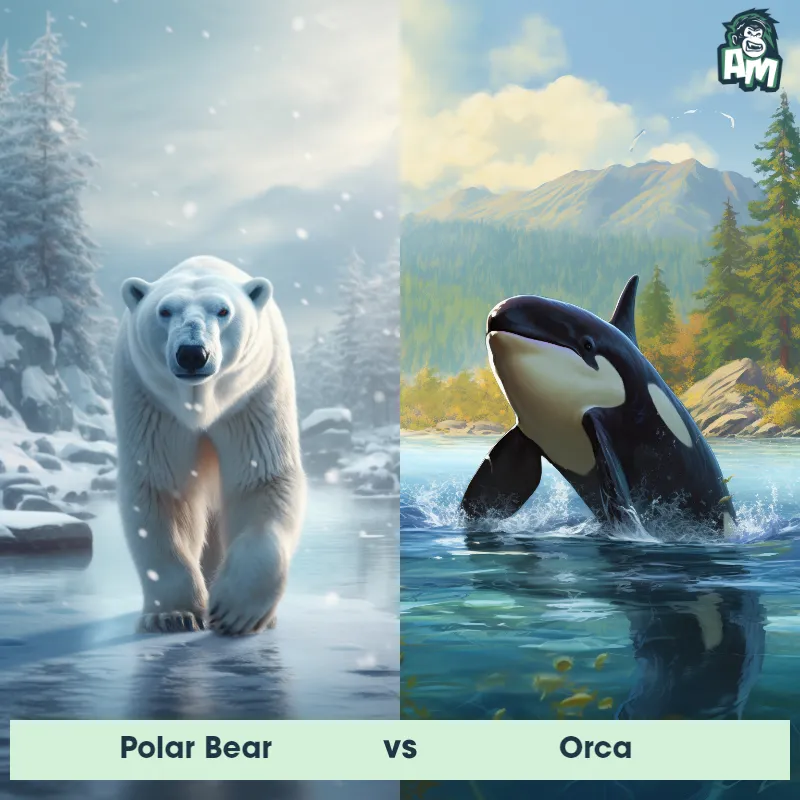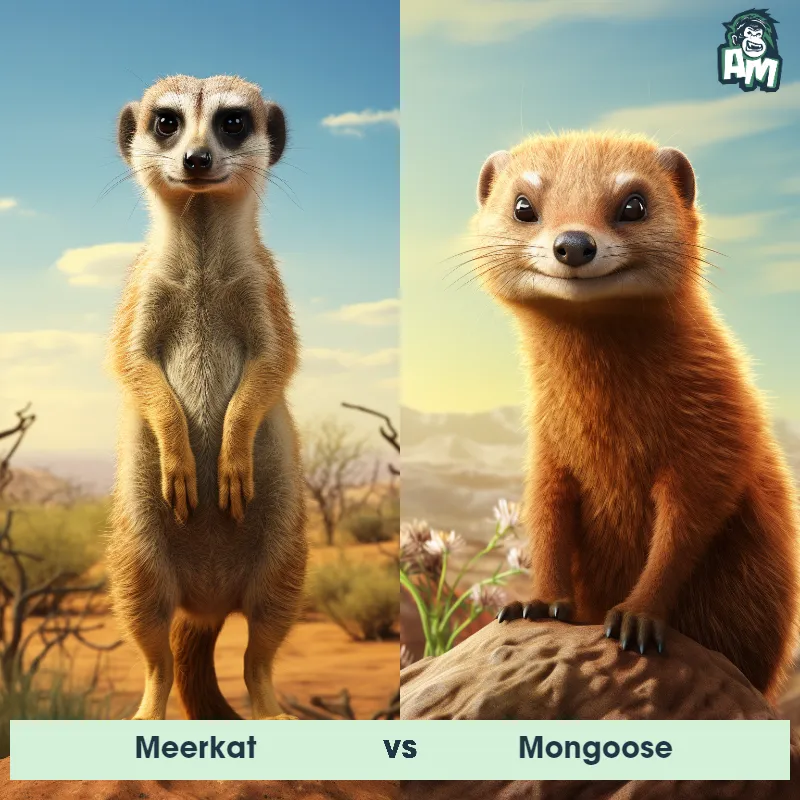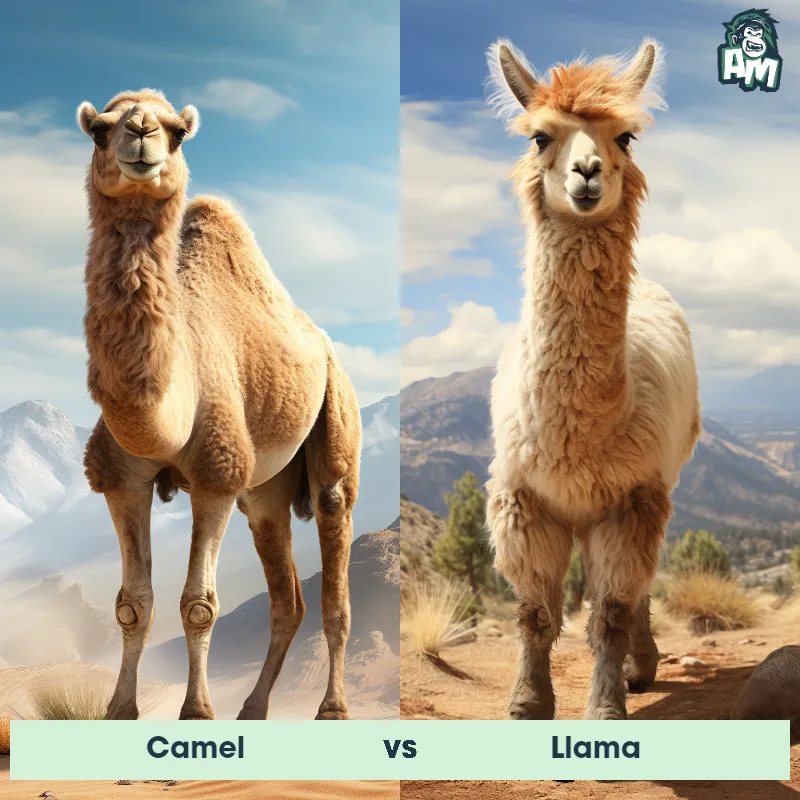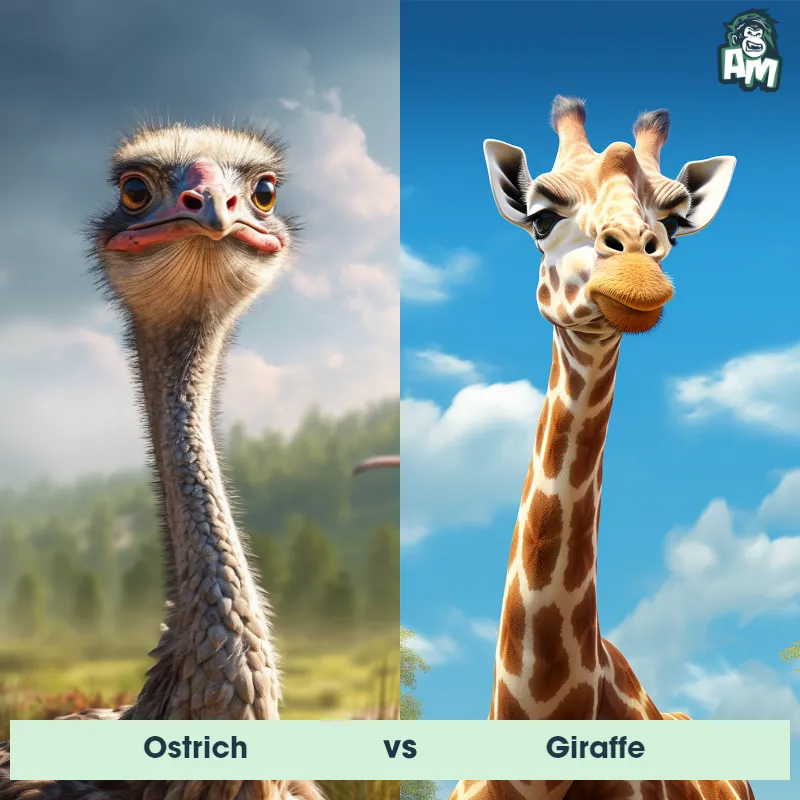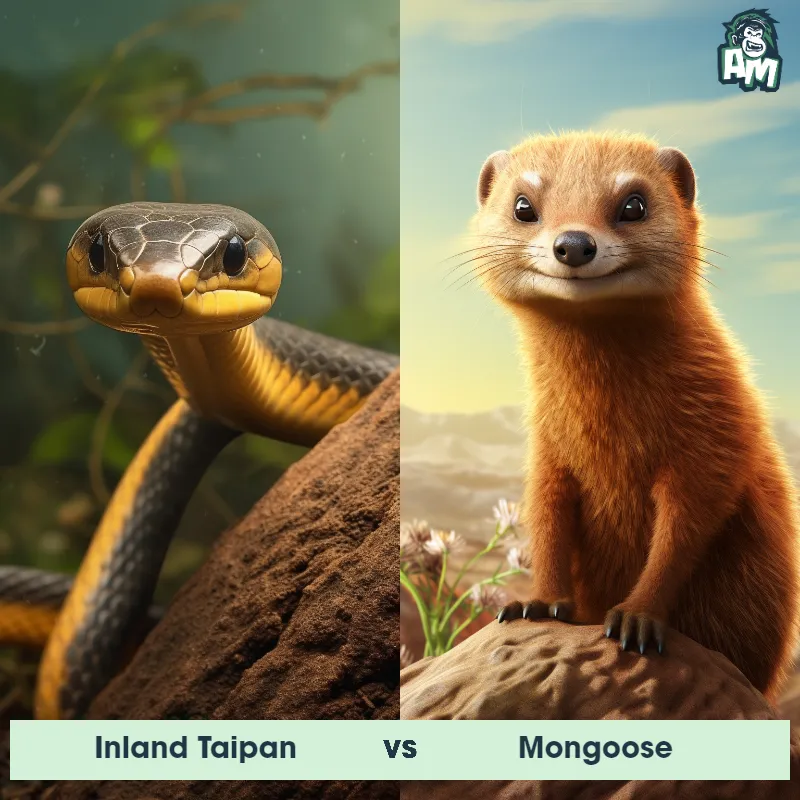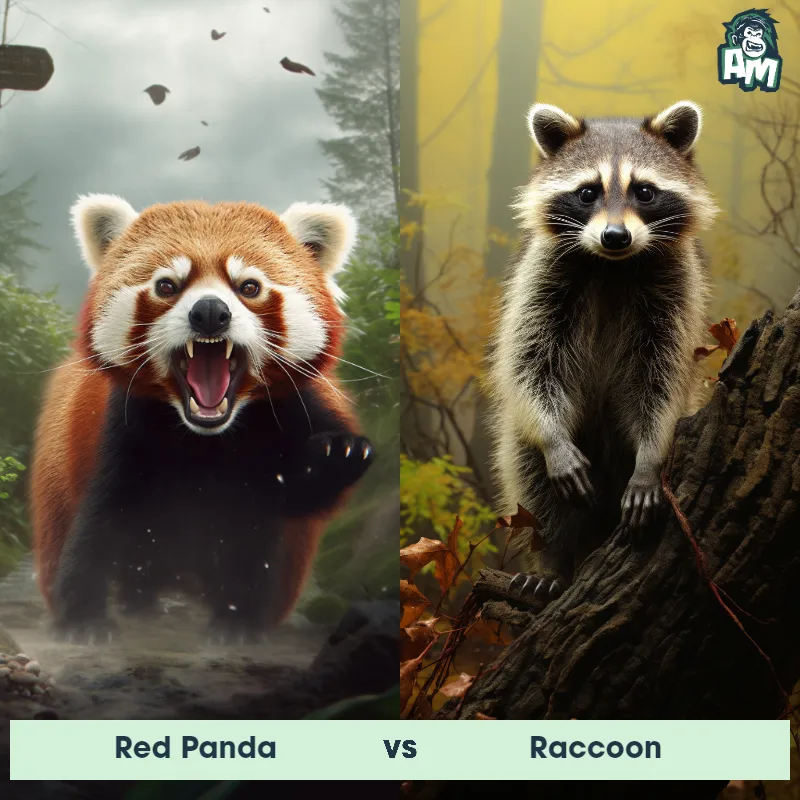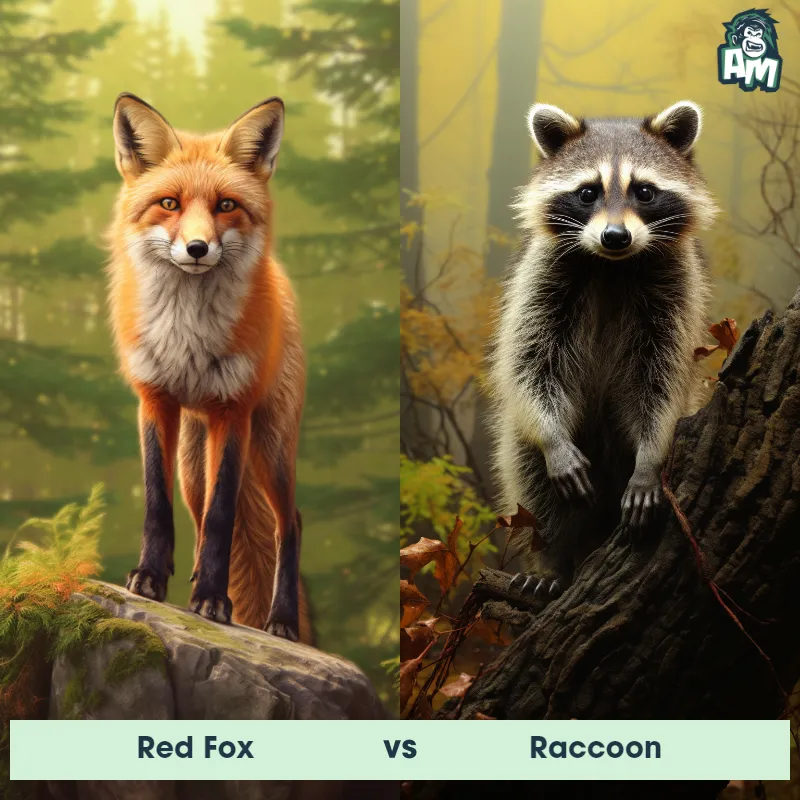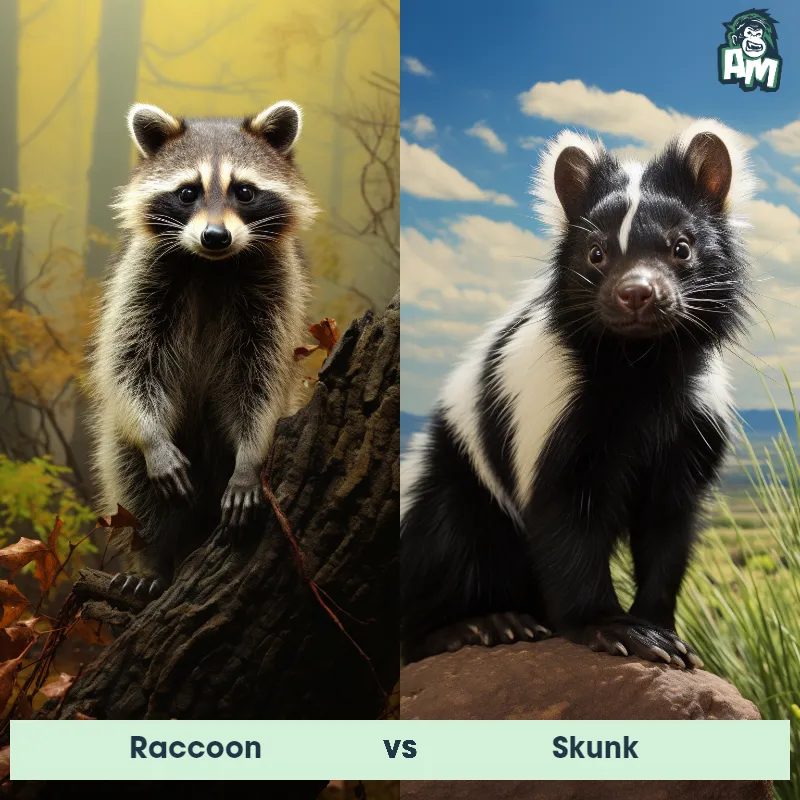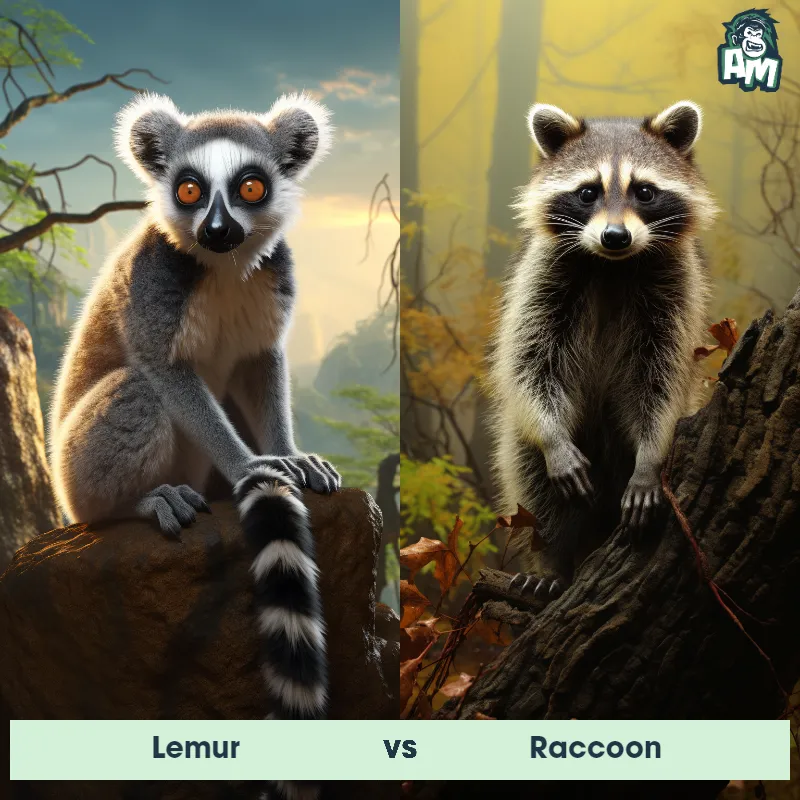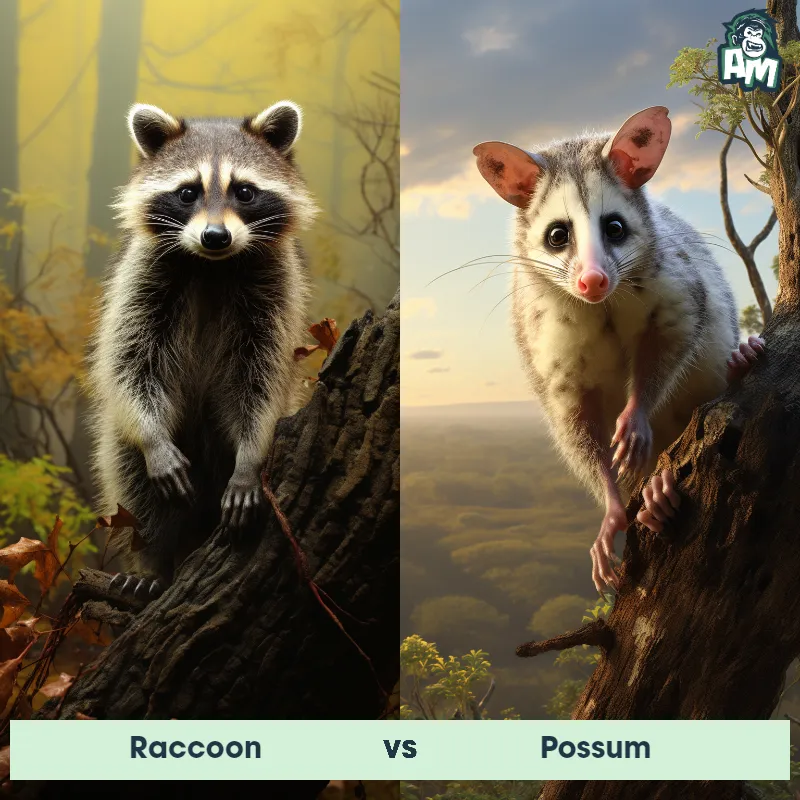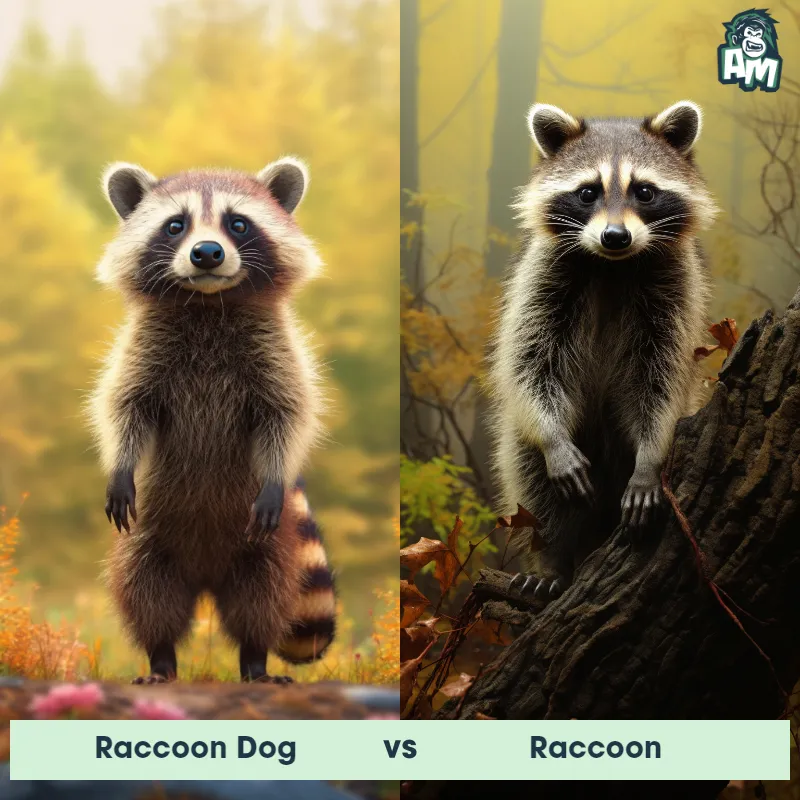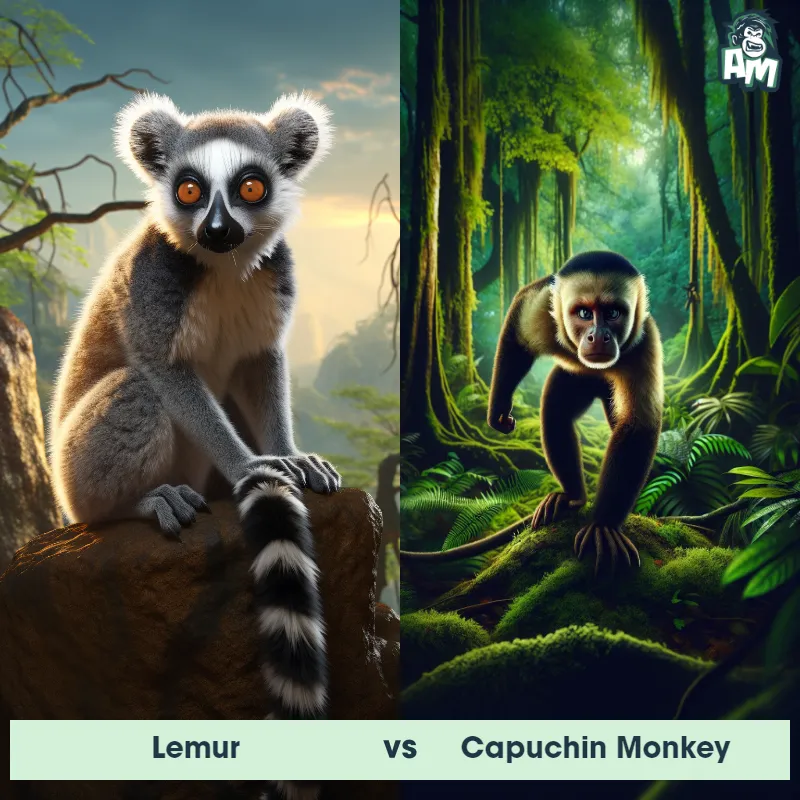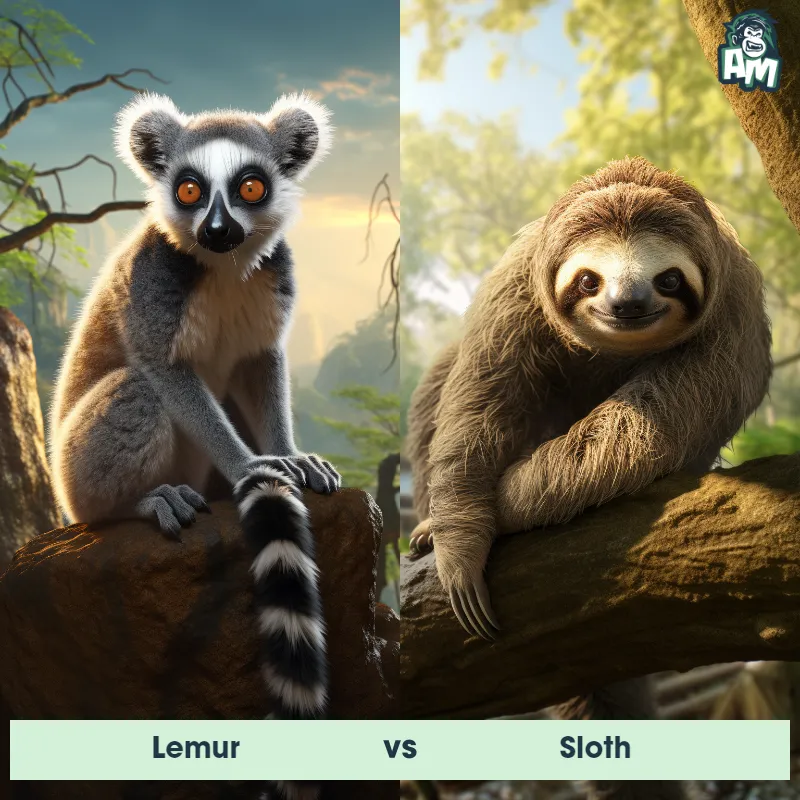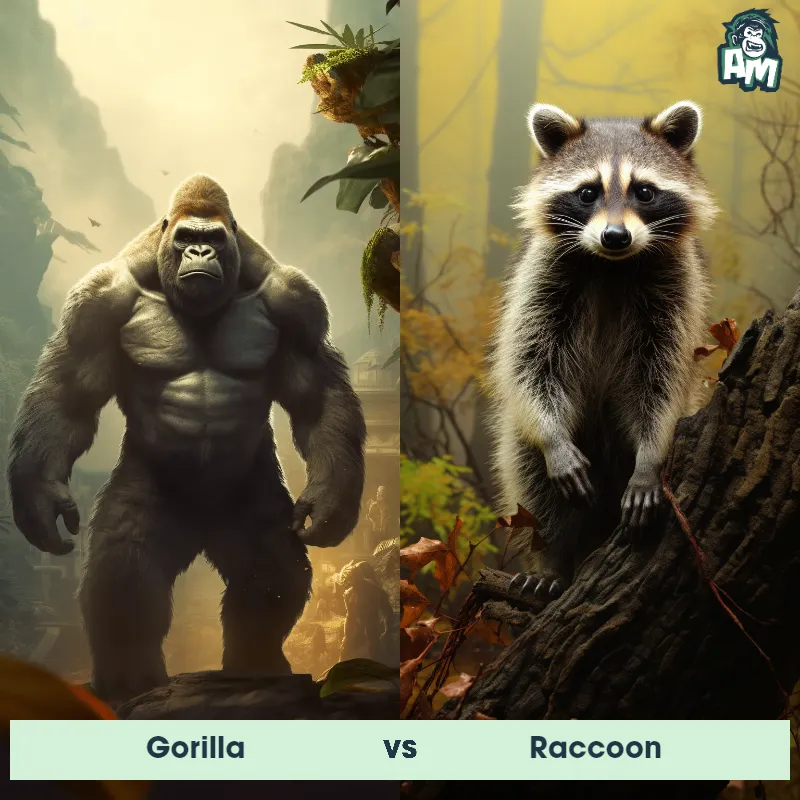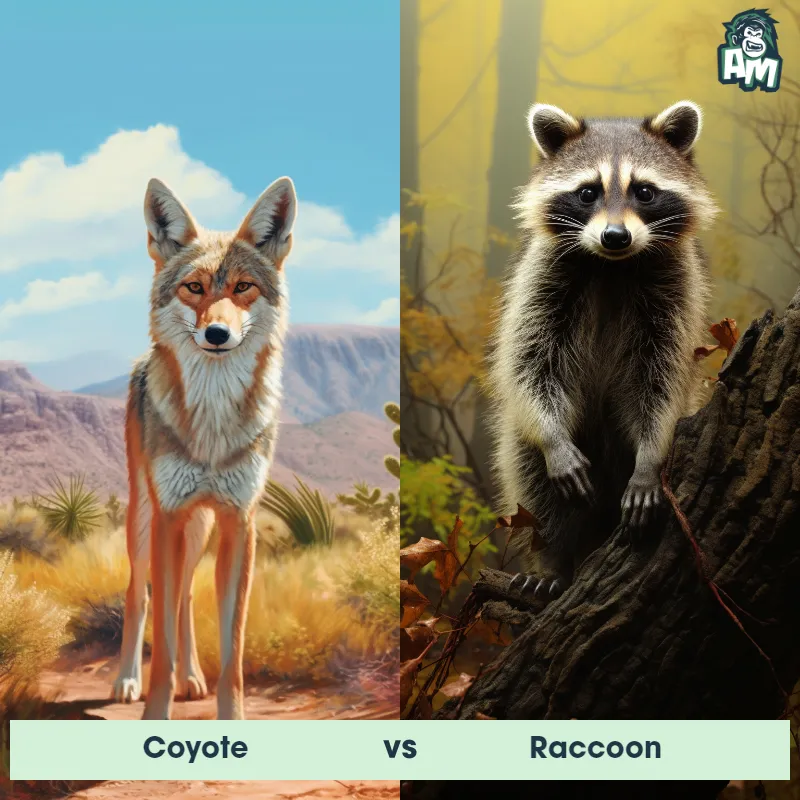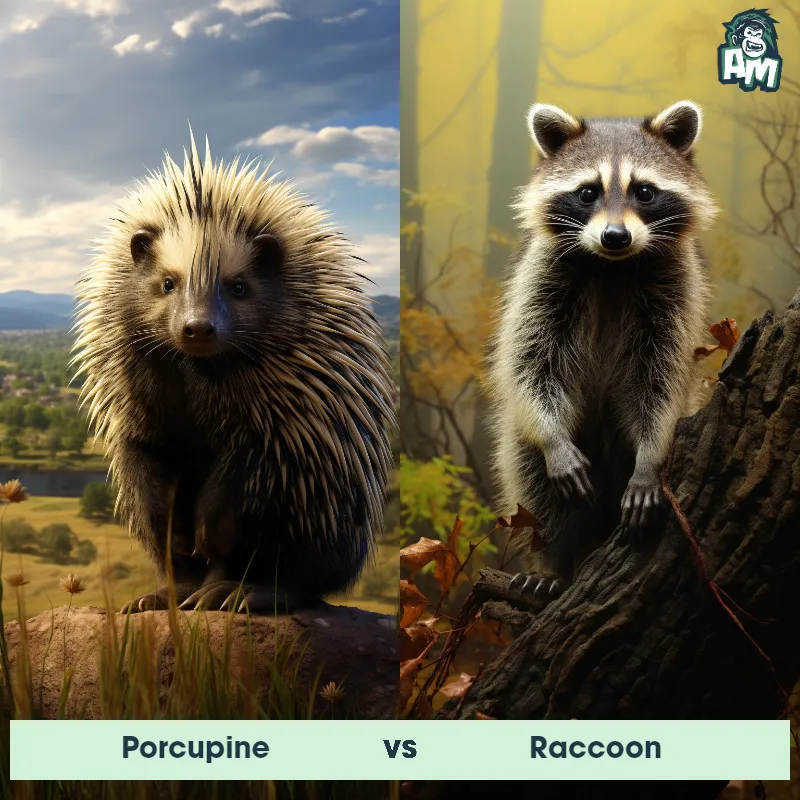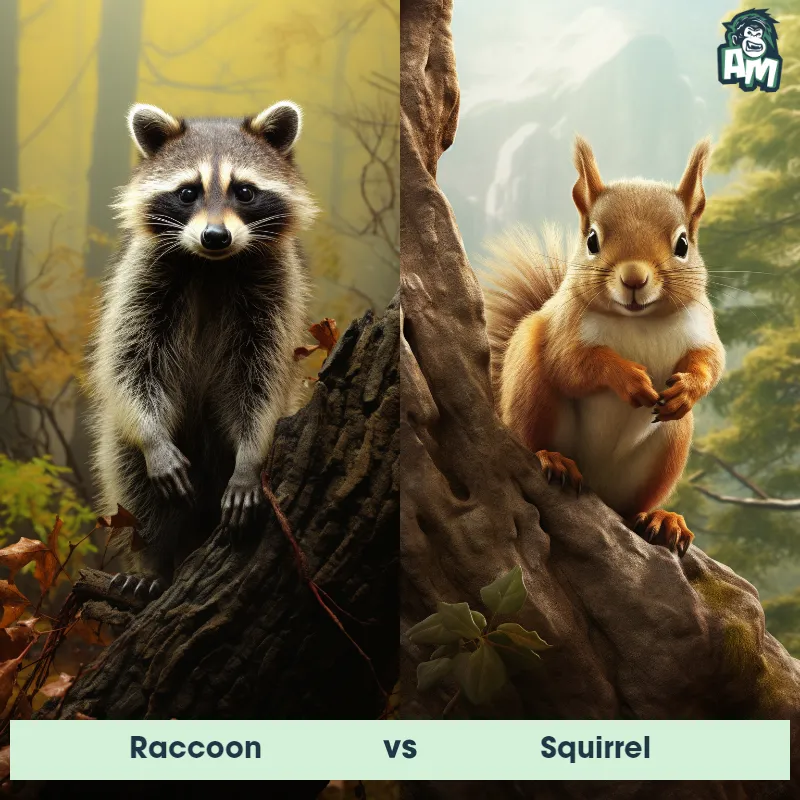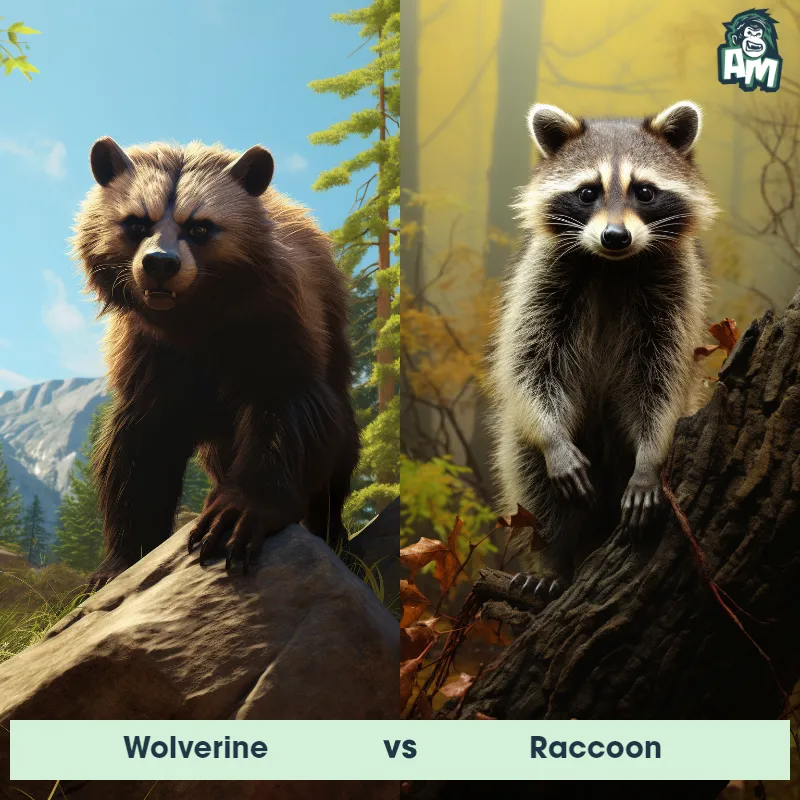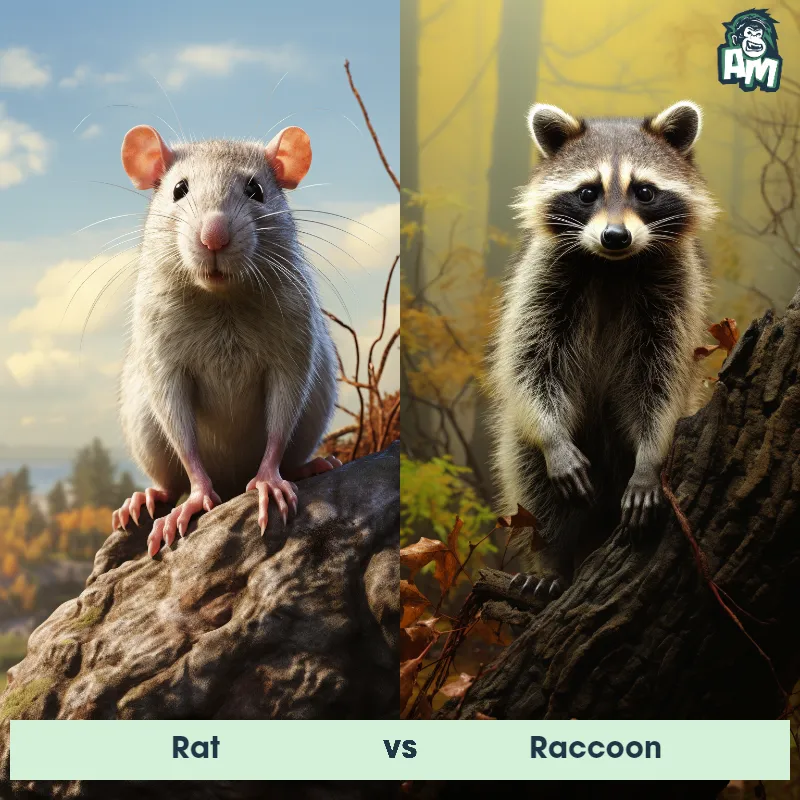Kinkajou vs LemurSee Who Wins
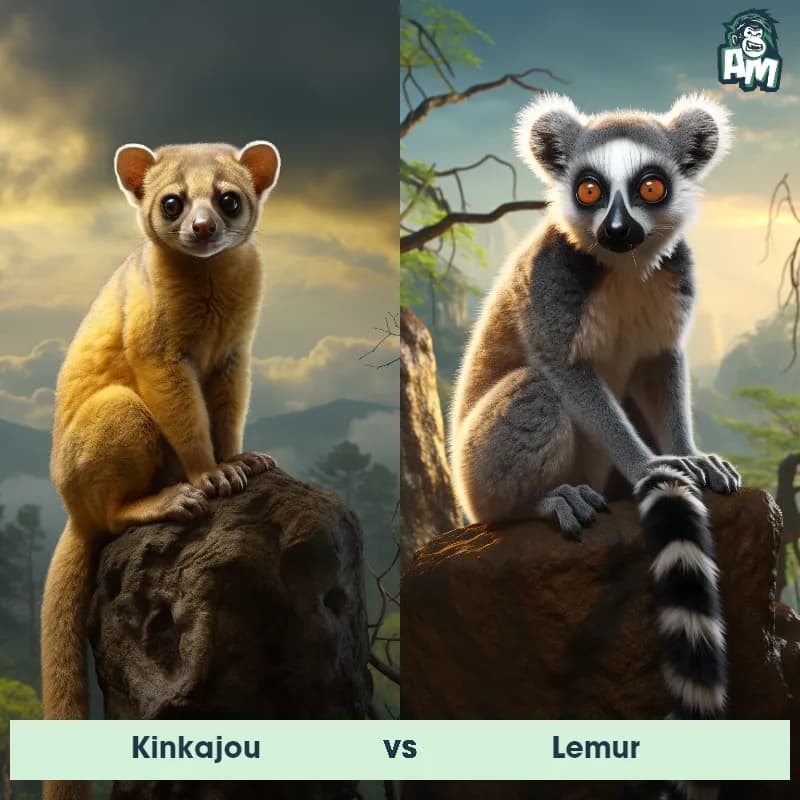
Welcome to the exciting matchup between a Kinkajou and a Lemur! These two agile creatures are ready to go head to head in this three-round fight. Let's see who will come out on top in this intense battle of wits and skills!
Contender 1: Kinkajou
The kinkajou is a small, rainforest-dwelling mammal found in Central and South America. With a body length of about 16 to 30 inches and a prehensile tail almost as long, this nocturnal creature is perfectly adapted for an arboreal lifestyle. The kinkajou has a soft, golden-brown fur coat and a bear-like face with large, round eyes for enhanced night vision. They have a varied diet, enjoying fruits, honey, insects, and small vertebrates.
Fun Fact: The kinkajou, also known as the 'honey bear,' has a long tongue that can reach up to 5 inches, which it uses to extract honey from beehives and nectar from flowers.
Contender 2: Lemur
The Lemur is a type of primate known as a prosimian, native to the island of Madagascar. Lemurs come in various sizes and colors, but they are typically characterized by a pointed snout, large eyes, and a long tail that can be longer than their body. Many lemur species have a thick and woolly fur that ranges in color from reddish-brown to gray and black. Lemurs are arboreal animals, spending most of their time in trees, and their diet consists of fruits, leaves, flowers, and insects.
Fun Fact: Lemurs communicate with each other using a variety of vocalizations, body postures, and scent markings, exhibiting a complex and intriguing social structure.
Matchup Stats
| Kinkajou | Lemur | |
|---|---|---|
| Size | 16 to 30 inches (40.6 to 76.2 cm) | Varies by species, 3.5 inches to 2.5 feet (9 cm to 76 cm) |
| Weight | 3 to 10 pounds (1.36 to 4.53 kg) | Varies by species, 1 ounce to 20 pounds (30 grams to 9 kg) |
| Speed | 10mph (16km/h) | 20mph (32km/h) |
| Key Strength | Agility and ability to climb trees quickly | Agility and speed |
| Biggest Weakness | Small size and lack of powerful defensive mechanisms | Small size and lack of aggressive behavior |
Current Votes
Kinkajou vs Lemur
See Who Wins
View More Matches
Looking For More?
Similar Matches
Scientific Stats
| Kinkajou | Lemur | |
|---|---|---|
| Scientific Name | Potos flavus | Lemuriformes |
| Family | Procyonidae | Lemuridae |
| Habitat | Rainforest | Forests and jungles |
| Geography | Central and South America | Madagascar |
| Diet | Fruits, honey, insects, and small vertebrates | Fruits, leaves, flowers, and insects |
| Lifespan | 15 years - 23 years | 16 years - 25 years |
Key Differences between Kinkajou and Lemur
- Coloration: The Kinkajou has a golden to brown fur with a prehensile tail, whereas the Lemur has predominantly gray, black, and white fur with a long striped tail.
- Habitat: Kinkajous are found in tropical rainforests of Central and South America, while Lemurs are indigenous to the island of Madagascar.
- Facial features: The Kinkajou has a narrow face with large round eyes and small rounded ears, while the Lemur has a more elongated face with a pointed snout and prominent, forward-facing eyes.
- Size: The Kinkajou is smaller in size and weighs around 4-7 pounds, while the Lemur is larger and can weigh up to 15 pounds.
- Diet: Kinkajous are omnivores, feeding on fruit, insects, and small animals, whereas Lemurs are primarily frugivores with a diet consisting mostly of fruits and leaves.
- Behavior: Kinkajous are primarily nocturnal and arboreal, while Lemurs are diurnal and spend a significant amount of time on the ground.




